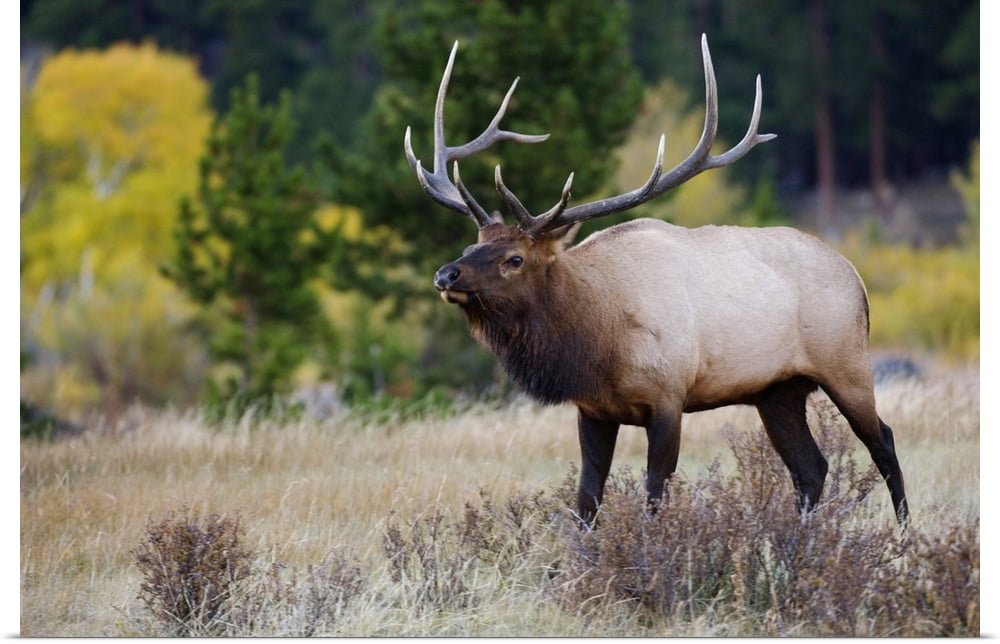



There was mild atrophy of hepatic lobules. On histologic examination, the lung parenchyma was congested and there were multiple foci of atelectasis. Gross necropsy findings were limited to emaciation and rough hair coat with retained winter hair. It was tranquillized with 10 mL of xylazine (100 mg/mL) (Rompun Bayer Animal Health, Toronto, Ontario) and 25 mL of ketamine (100 mg/mL) (Ketalean Bimeda-MTC Animal Health, Cambridge, Ontario), administered IM, and then euthanized with 40 mL of embutramide (200 mg/mL), mebozonium iodide (50 mg/mL), and tetracaine hydrochloride (5 mg/mL) (T61 - Euthanasia Solution Intervet Canada, Whitby, Ontario), administered IV. Mild hypoglycemia (4.6 mmol/L, reference 5.8 to 9.2 mmol/L) was attributed to continued erythrocyte metabolism during sample transportation to the laboratory.Ĭlinical findings suggestive of CWD resulted in orders for the animal to be euthanized to allow for testing for CWD. There were mild elevations in serum urea (16.5 mmol/L, reference 5.6 to 9.8 mmol/L) and creatine kinase (569 mmol/L, reference 237 to 461 mmol/L), consistent with increased protein catabolism. Blood collected at the time of examination had no hematologic abnormalities. The pulse was within normal limits at 130 beats/min, while the respiratory rate was somewhat elevated at 84 breaths/ min and accompanied by increased lung sounds bilaterally. The remainder of the herd was in excellent body condition under the same management conditions. It was in poor body condition, with winter hair present over much of the neck and dorsum, which was inappropriate for midsummer. The animal was less responsive to handling than expected, with a diminished flight zone size. Although the farm where the animal was located did not have a known CWD problem, an animal purchased from a known infected farm had died 24 mo earlier, with no postmortem examination. The owner had noticed that the animal had been unusually calm over the past week, and he was concerned about poor body condition and a retained winter hair coat. The Canadian Food Inspection Agency (CFIA) was notified of a 24-month-old, female Rocky Mountain elk suspected of having chronic wasting disease (CWD) in June 2001.


 0 kommentar(er)
0 kommentar(er)
